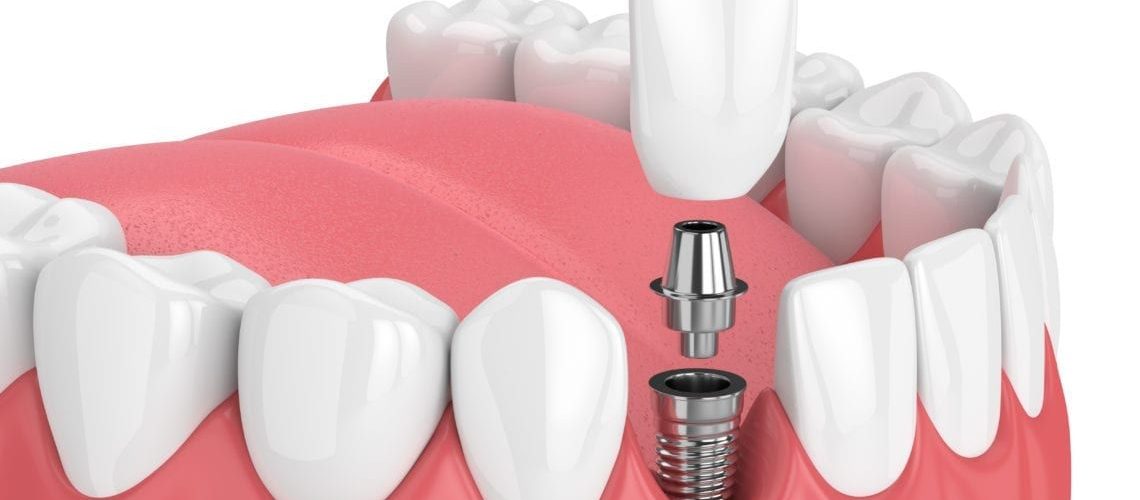After getting your teeth extracted, under normal circumstances, a blood clot forms in that area. The blood clot serves as a protective layer over the nerve endings and bone in the empty tooth socket. It also provides a foundation for the growth of new bone and development of soft tissue.
The problem lies when this blood clot fails to develop. Alternatively, the blood clot may have formed, but dislodged or dissolved before the wound healed.
This is when you may suffer from a dry socket. When there is no clot, the socket (area where your tooth was removed) gets inflamed and the bone and nerves are exposed. You will then suffer from intense pain, in both the socket and along the side of the face. Food and debris can also get lost in the socket.
A dry socket can also be caused from bacteria in the socket or trauma from a difficult tooth extraction, such as with an impacted wisdom tooth.
Aside from the severe pain, other symptoms include:
- Bad breath
- Visible bone in the socket
- Unpleasant taste in your mouth
Over the counter pain medication is not enough to treat this, so don’t just wait around thinking it will get better on it’s own. You will need to re-visit your dentist or oral surgeon for treatment. The sooner, the better!
For Surrey wisdom teeth extraction, call us to book a consultation at New England Cosmetic Oral & Facial Surgery: 604-507-0514




